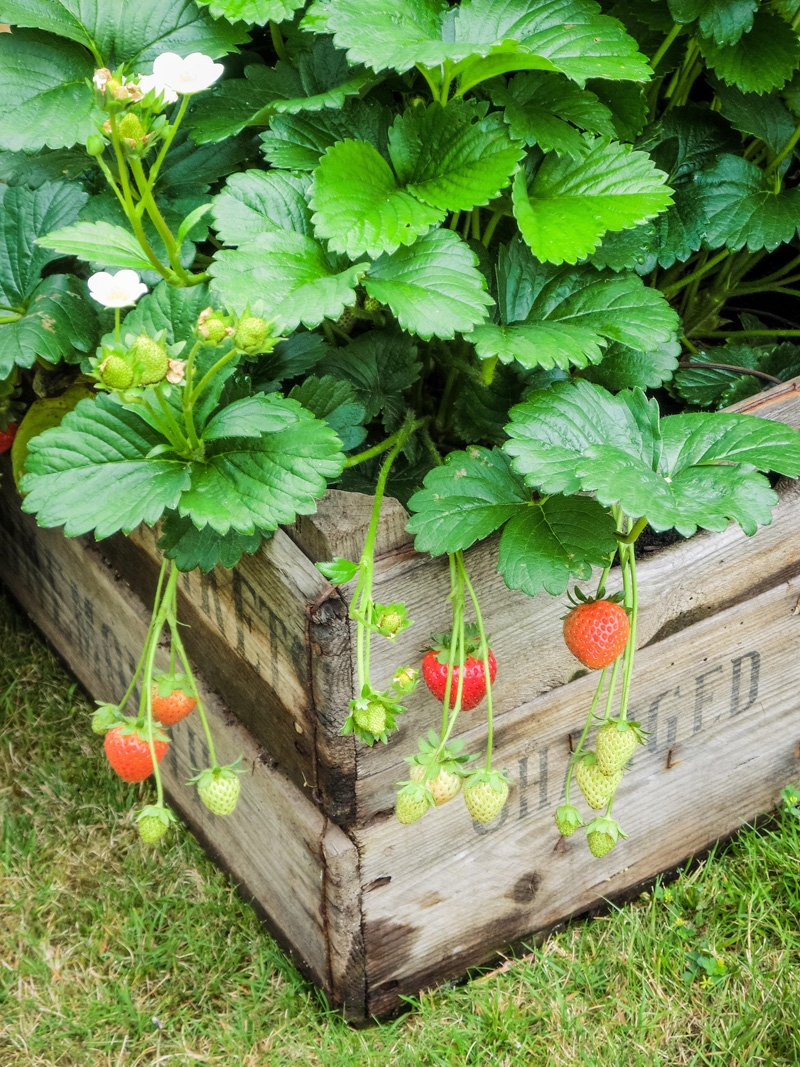
Features
Production
Research
Polyploidy – or how do we get seedless fruit?
May 10, 2019 By American Society of Agronomy and Crop Science Society of America

Spitting out watermelon seeds can be a summertime rite of passage for some folks. Others like their watermelons seedless. How did those seedless watermelons (and other plants) come about?
“Plants can have multiple sets of chromosomes, which is called polyploidy. Many of your favorite fruits and vegetables are polyploids,” says blogger and plant scientist, Christine Bradish, Ashland, Inc. “Polyploidy can occur naturally, where wild species ‘add together’ their DNA. Two good examples of this are wheat and strawberries.”
But, plant breeders can also develop work to develop crops without seeds – like seedless watermelons. Even bananas are seedless.
“Polyploidy is one more tool that scientists can use to learn about the genetics of crop plants,” says Bradish. | For the full story, CLICK HERE.
Print this page